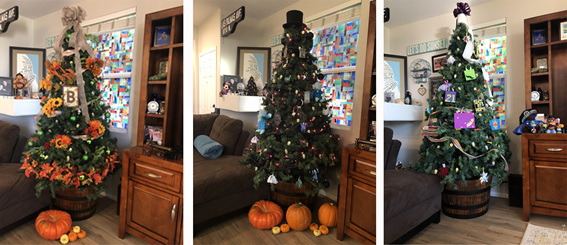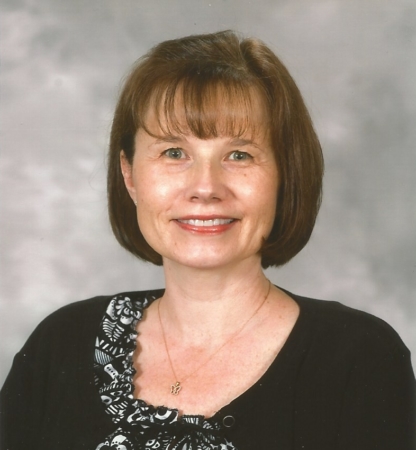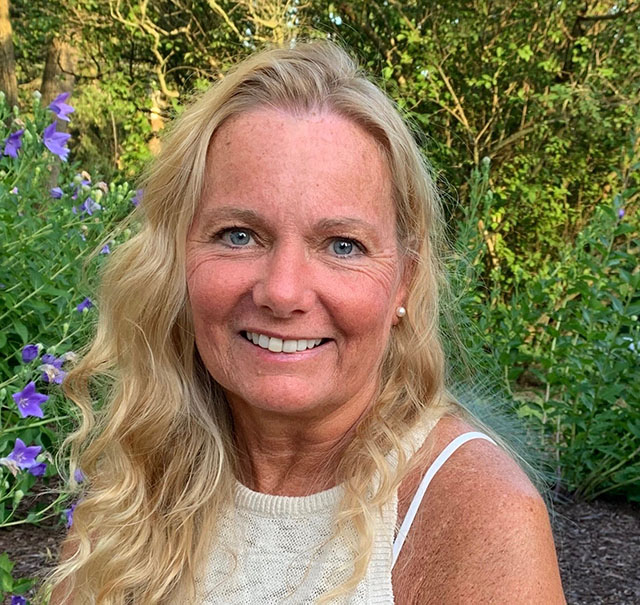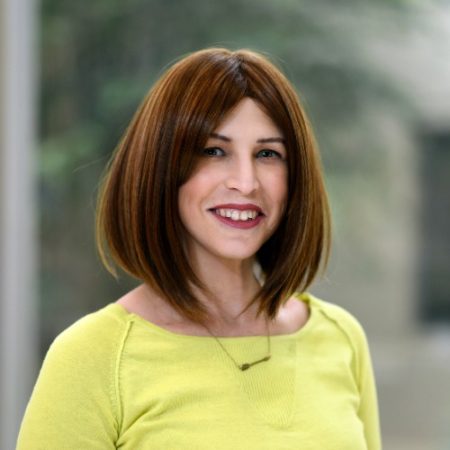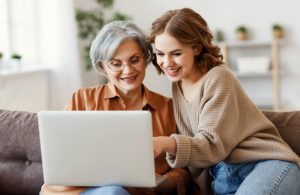My journey to a Short Bowel Syndrome (SBS) diagnosis followed years of motility issues, intestinal complications and numerous surgeries, including a jejunostomy, which is an ostomy that creates an opening in the part of the small intestine called the jejunum. As a trained architect, I believe there’s no problem too big to solve, and applying that mindset has helped me to navigate the challenges of SBS and life with an ostomy. This is my story.
When I was diagnosed with a motility disorder at the age of 15, I never thought that it would have such an effect in my life. I was able to function with physical activity and limited diet until I had my colon removed in 2015 due to colonic volvulus. In my case, this meant that my colon twisted around itself, causing tissue death from lack of blood flow. The procedure worsened my underlying motility disorder of the small intestine. As a result of my underlying condition of chronic intestinal pseudo obstruction (CIPO), my intestines wouldn’t function. I lost the ability to absorb nutrients through my small intestine. I was in desperate need of answers.
Ultimately, I was evaluated for an intestinal transplant. At the time, my small intestine was severely compromised due to small intestinal bacterial overgrowth. In order to improve my odds of surviving the transplant, I underwent surgery to remove the majority of my small intestine in 2018, leaving me with only four inches of small intestine that didn’t function properly. The surgery, and the resulting serious and chronic malabsorption disorder that accompanied it, resulted in my diagnosis of short bowel syndrome, SBS.
While not everyone will experience an SBS diagnosis the same way, for me, the removal of my colon and most of my small intestine eliminated the ongoing pain and discomfort I experienced when I was living with a motility disorder and chronic intestinal pseudo-obstruction syndrome. Just prior to the surgery to remove my small intestine, I weighed 87 pounds and couldn’t walk half a mile without becoming exhausted. I now weigh 122 pounds and was able to walk nine miles the other day. Keep in mind that this is just my experience and everyone’s journey will be different. In consultation with my medical team, I have decided to put my intestinal transplant on hold.
In my case, living with SBS also means that if I don’t eat the right things, it can affect my electrolytes and fluid balance. Without my colon, I don’t absorb fluids. So, I have found that if I drink water, I can actually lose fluids. A key part of managing my condition has been learning to listen to my own body and trying to understand what’s happening inside. For example, I have learned to recognize the signs of dehydration and have made it a priority to understand my lab values. As I have gained a better understanding of my condition, I also think it’s been important for me to find the right providers for what I’m going through at each stage of the process.
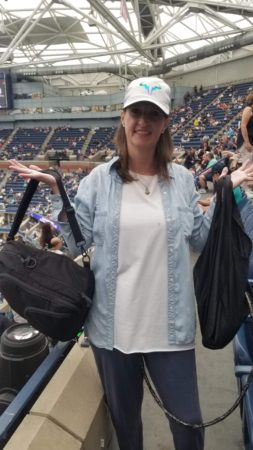
Navigating how to live with a jejunostomy was a challenging aspect in my SBS management, especially when I experienced leaking. I remember once going to a rare bookstore and my ostomy bag opened. In those moments, with liquid pouring down my legs, I had never felt more embarrassed. However, my grandma taught me that you have a choice in uncomfortable situations – you can either cry or laugh. I try to choose the latter. Not everyone will experience leaks with an ostomy, but if it happens to you, I’d encourage you to give yourself grace. Adapting to life with an ostomy can be a gradual process. For example, when I first had my jejunostomy, it took me an hour to change my bag and now it only takes me 15 minutes.
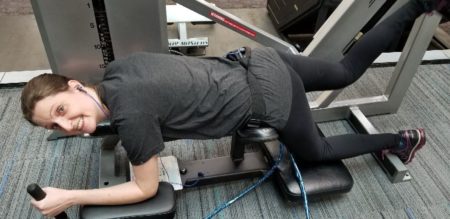
Despite the challenges, I never gave up on looking for answers and solutions. My training as an architect has led me to believe there is nothing that can’t be solved. After consulting with multiple ostomy teams and connecting with people who share similar experiences, I started to embrace the changes that came with my SBS diagnosis and jejunostomy.
I have been lucky enough to receive tremendous support throughout my SBS journey. My family is my biggest source of support. My husband has been there for me despite knowing about my chronic condition. My dad is the one who figured out how to empty the additional drainage bag overnight by flipping it upside down. My mother and grandma have created customized recipes to help with my oral food intake. But, for me, it’s been a continual process to educate the people around me about my condition. I have learned to be patient and vocal about my specific needs.
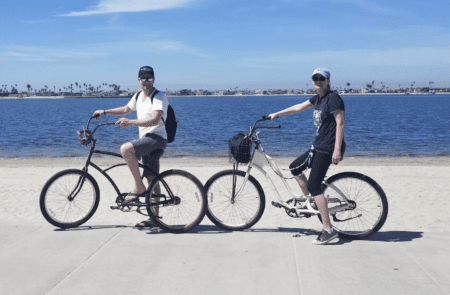
For anyone living with a rare and chronic illness, I encourage you to reach out and seek community support. A few members of the SBS community have inspired me and helped me to better understand my condition and encouraged me to break down barriers in my own SBS journey by sharing their own experiences. I’m grateful for the opportunity to connect with others going through similar experiences.
When I was first diagnosed with SBS, I did not think it would be possible to continue doing the things I love. Along the way, the architect in me has looked for opportunities to “design my future” with SBS by embracing challenges, educating myself and the people around me, and connecting with others in the community. I am proud of the progress I’ve made – I have a job that I love and I live in a city that I love. SBS is only a small piece of who I am, and it does not define who I am. I hope you can embrace YOUR journey with SBS, too.
This article was created by Takeda.
Editor’s Note: This educational article is from one of our digital sponsors, Takeda. Sponsor support along with donations from our readers like you help to maintain our website and the free trusted resources of UOAA, a 501(c)(3) nonprofit organization.

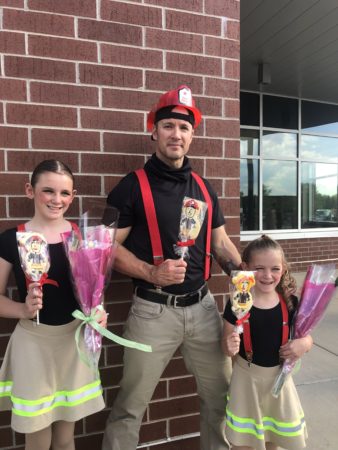
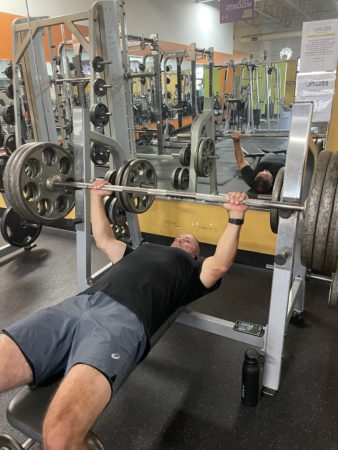 First off, I accepted the fact early on that I was going to have an ileostomy for the rest of my life because it was a decision I made for a better quality of life. After accepting it, I could focus on moving forward versus dwelling on the “how’s” and “why’s” with ulcerative colitis.
First off, I accepted the fact early on that I was going to have an ileostomy for the rest of my life because it was a decision I made for a better quality of life. After accepting it, I could focus on moving forward versus dwelling on the “how’s” and “why’s” with ulcerative colitis.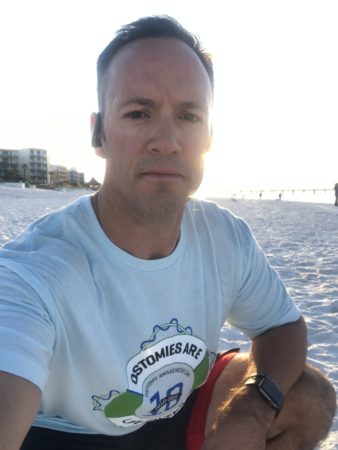

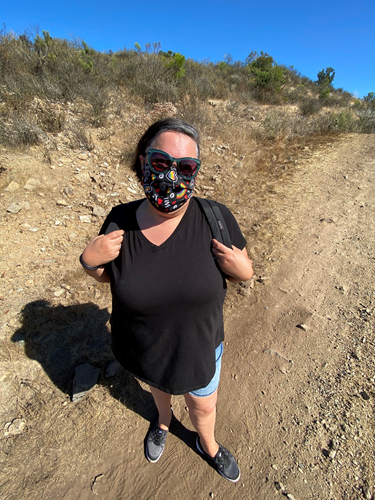 As a person with a complicated medical history, I was definitely paying attention, and started taking precautions very early to mitigate risk. As anyone who lives with a compromised immune system and chronic illness knows, when we get sick, it can have a way of snowballing.
As a person with a complicated medical history, I was definitely paying attention, and started taking precautions very early to mitigate risk. As anyone who lives with a compromised immune system and chronic illness knows, when we get sick, it can have a way of snowballing.